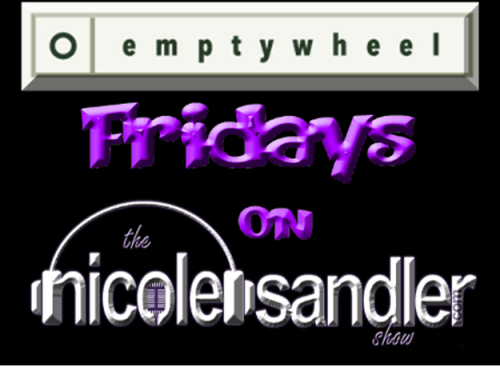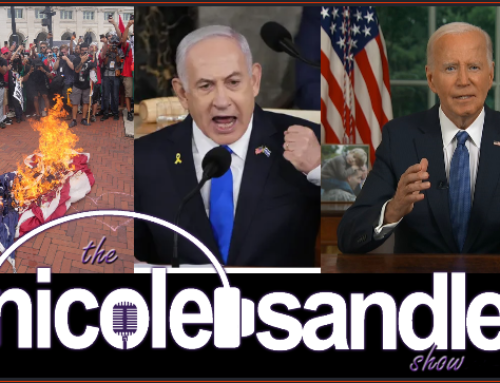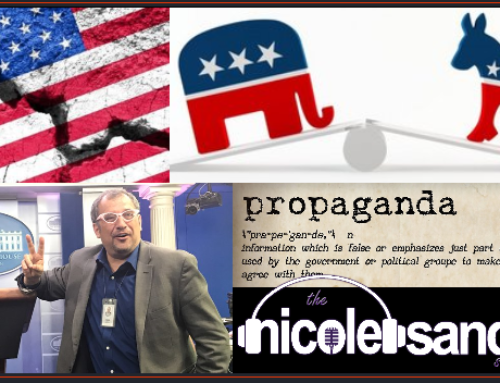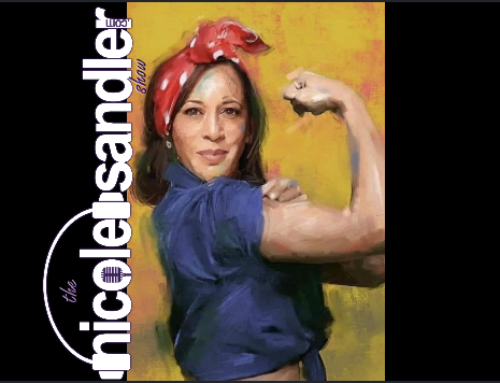We spoke about death and drugs today, though not in the sense that you’d imagine by reading the headline.
First, death, as in death penalty. On Monday, the Supreme Court ruled in Glossip v. Gross
against three death row inmates who had sought to bar the use of an execution drug they said risked causing excruciating pain.
In the process, two dissenting members of the court — Justices Stephen G. Breyer and Ruth Bader Ginsburg — came very close to announcing that they were ready to rule the death penalty unconstitutional. This gave rise to slashing debate with Justices Antonin Scalia and Clarence Thomas about the reliability and effectiveness of the punishment, a dispute that overshadowed the core issue in the case.
The 5-to-4 decision on the execution drug broke along familiar lines, with Justice Anthony M. Kennedy joining the court’s more conservative members to allow its use.
Justice Samuel A. Alito Jr., writing for the majority, said the inmates had failed to identify an available and preferable method of execution and failed to make the case that the challenged drug entailed a substantial risk of severe pain.
The drug, the sedative midazolam, played a part in three long and apparently painful executions last year. It was used in an effort to render inmates unconscious before they were injected with other drugs that cause severe pain.
Really Alito? Since when do death row prisoners get to identify the means by which they want to be executed? And that’s just one of many ridiculous premises in the majority’s opinion.
This morning, I spoke with author and journalist Barry Graham who wrote an article titled, “Why I Watch People Die,” about being a witness to death penalty executions, that you really must read. He’s also a Zen Buddhist Monk and has written a lot about that… check out his website, Medium posts and books
At issue in that death penalty debate were the drugs the states used to kill those sentenced to die. In our second interview of the morning, we were talking about the drugs we take to get better, and the rising costs of those medications.
Yes, if the TPP passes, those costs will continue to rise. Michael Grunwald recently got a leaked copy of the Intellectual Property chapter of the TPP that includes the sections about prescription and generic drugs and the protections offered to Big Pharma. In his article, “Leaked: What’s in Obama’s Trade Deal?” Grunwald explains
Still, the draft chapter will provide ammunition for critics who have warned that TPP’s protections for pharmaceutical companies could dump trillions of dollars of additional health care costs on patients, businesses and governments around the Pacific Rim. The highly technical 90-page document, cluttered with objections from other TPP nations, shows that U.S. negotiators have fought aggressively and, at least until Guam, successfully on behalf of Big Pharma.
The draft text includes provisions that could make it extremely tough for generics to challenge brand-name pharmaceuticals abroad. Those provisions could also help block copycats from selling cheaper versions of the expensive cutting-edge drugs known as “biologics” inside the U.S., restricting treatment for American patients while jacking up Medicare and Medicaid costs for American taxpayers.
“There’s very little distance between what Pharma wants and what the U.S. is demanding,” said Rohit Malpini, director of policy for Doctors Without Borders. …The draft chapter covers software, music and other intellectual property issues as well, but its most controversial language involves the rights of drug companies. The text reveals disputes between the U.S. (often with support from Japan) and its TPP partners over a variety of issues—what patents can cover, when and how long they can be extended, how long pharmaceutical companies can keep their clinical data private, and much more. On every issue, the U.S. sided with drug companies in favor of stricter intellectual property protections.
I guess now we really can say, “Thanks Obama.” Ugh.








[…] Nicole Sandler | Radio or Not […]